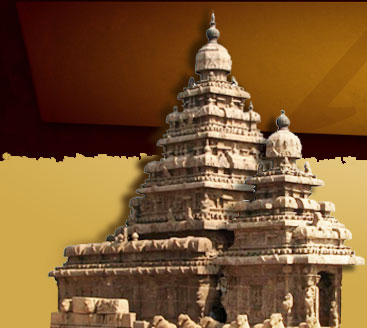
HERITAGE
news
The examination dates for all the APAA students
May 30th to 2nd June.
Students will be assigned with new user id and password
Heritage
Three millennia ago, Bharata wrote an exhaustive treatise on the three prominent arts of dance in inordinate detail.
Bharathanatyam is a classical dance style of Southern India that combines artistic expression with a sense of spirituality. The name ‘Bharathanatyam’ is derived from three basic concepts of Bhava, Raga and Thaala. The dance is performed on the stage as Nritham, Nrithyam and Natyam. Bharathanatyam is based on the theories of the books ‘Natyasaasthram* and ‘Abhinaya Darpanam’. The dance form is based on ‘Adavus’ (steps) and ‘Hasthamudra’ (hand gestures). There are 64 basic ‘Adavu’s and they are divided into 9 parts, of which ‘Thattadavu’, ‘Naatadavu’, ‘Kuthithumettadavu’, ‘Mandiadavu’, ‘Sarikkal’ and ‘Thattumettu’ are very important. Communication is done through ‘Bhavabhinaya’ (facial expression) and ‘Hasthamudra’ (hand gestures).
The sequence of a dance performance is ‘Alarippu’, ‘Jathiswaram’, ‘Sabdam’, ‘Varnam’, ‘Padam’ and ‘Thillana’. After Thillana’, with a ‘Mangala Slokam’ the dance program ends. Normally the performance lasts for two to two and half hours. Dancers wear traditional costumes consisting of specially made saris, jewelry and hair ornaments and specifically applied facial and body make-up. The dancers wear a lot of ornaments of shining stones on neck, ears, hands and head, jasmine garland in the hair and foot trinket with small bells.
The music of Bharathanatyam is based on Carnatic classical music. The instruments used are Veena, Flute, Mridangam and Violin. The dance direction is done by ‘Nattuvanar’ giving the Talam using hand symbols and singing ‘Vaaythari’. Generally there will be two singers. Because of its intricacy and specificity, Bharathanatyam can be used to enact any story in any language.